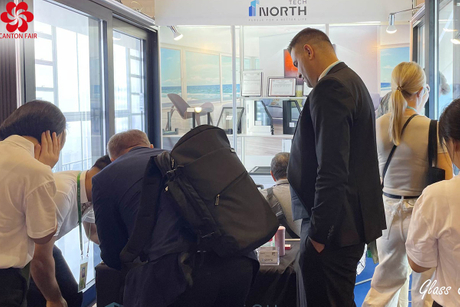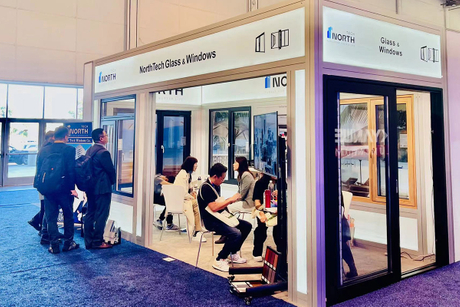A thermal break (or thermal barrier) is a material of low thermal conductivity placed in an assembly to reduce
or prevent the flow of thermal energy between conductive materials.
When it comes to metal framed windows and doors a thermal break is essentially a thermal barrier in the conductive metal with a material of low thermal conductivity. This then stops the conduction of heat through the metal framing and to the external side of the installation.
Why is a Thermal Break Important?
Thermal Break technology is important when it comes to metal framing systems as it separates the frame into two separate interior and exterior pieces joined with a less conductive material. This ‘break’ in the metal reduces temperature transfer across the framing system and ensures the system achieves modern thermal performance values.
The concept of a thermal break is similar to that of a double or triple glazed unit; creating a thermal barrier against heat loss by introducing a low conductive material to the system makeup. In insulated glass panels such as double glazing, this is a gas filling and spacer bars. In framing this is the ‘thermal break’.
These thermal breaks are generally made of a substantially rigid, low thermal conductive polyamide or polyurethane material, which are naturally good thermal barriers. The thermal break material is then mechanically locked in the metal framing to create a thermally broken system.
What is the Relationship Between a Thermal Break and Thermal Performance?
If a metal frame does not have a thermal break in it you will experience high levels of heat loss through the framing. This will reduce the Uf value of the system (the thermal performance of the frame) and subsequently reduce the overall thermal performance of the window/door (the Uw value).
If a thermally broken window/door system is not used in most cases it will be impossible to achieve the thermal performance requirements for the project.
In order to adhere to modern thermal performance requirements (and to achieve Building Regulations minimum requirements for thermal insulation) a thermally broken frame should be used in conjunction with an insulating glass unit with Ug value 1.1 W/m2K as a minimum. You can achieve this Ug value by using a double-glazed unit with a low e coating and argon gas filling.
For more information about Uf and Uw values see our technical article ‘What is a U Value?’
Where Should Thermally Broken Systems be Used?
For useable, warm environments a thermally broken system to all external framing is a must. Aside from the relevant Uw values required by modern building regulations, using a non-thermally broken framework to an internal space can lead to freezing on the internal framing in colder months and condensation build up internally on the cold metal surfaces. This can lead to mould and damp to build up on internal building finishes such as real wood flooring and curtains.
In short, thermally broken systems should be used anywhere there is a difference in climate on either side. This could be between inside and outside, but it could also be between an indoor swimming pool environment and a living space.
Thermal Breaks in Aluminium Framing
As aluminium framing systems are generally modern systems, almost all of them will have a full thermal break within them. It is always worth double-checking this just to ensure the aluminium system is fully thermally broken and highly insulating.
You can tell if a system is fully thermally broken either by a framing cross-section or taking a look at the thermal performance values of the system. In general, if a system has a Uw value of 1.5 W/m2K or better it will have a thermal break.
Some examples of thermally broken aluminium systems:
Post time: Oct-12-2021














